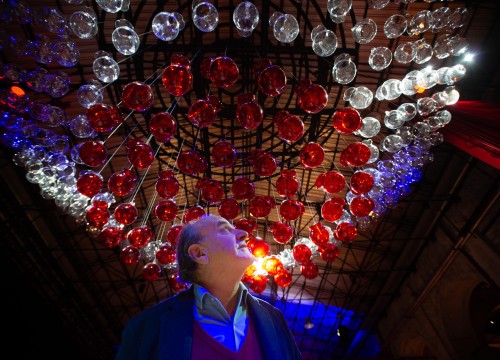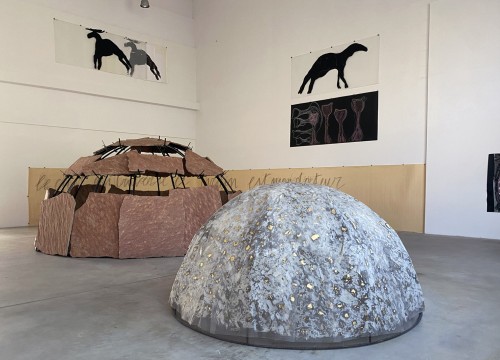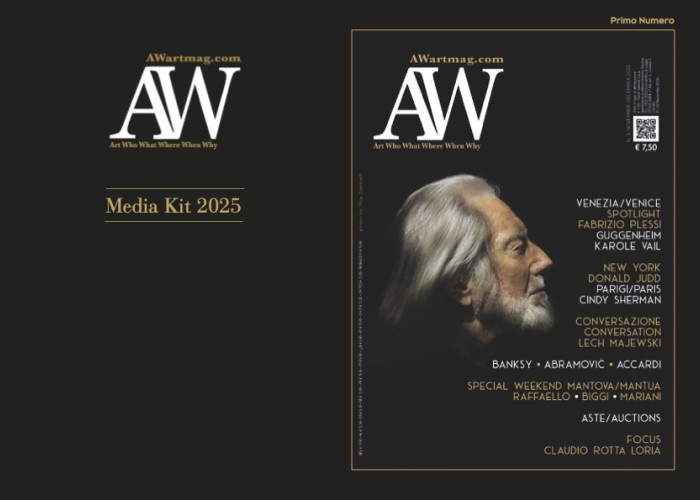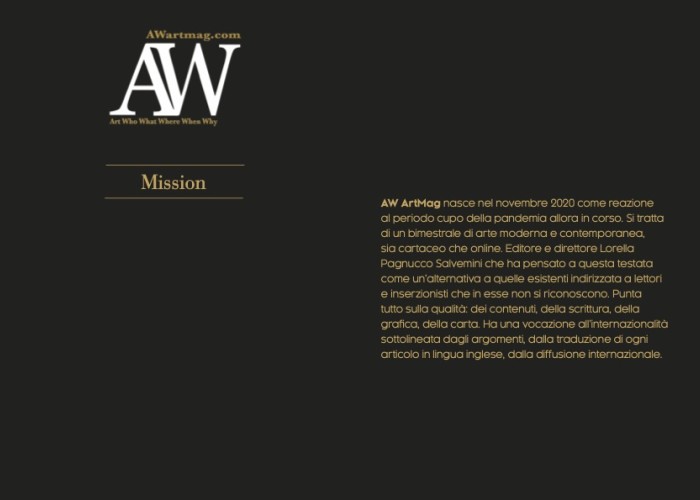If you have friends who are art lovers, surely some of them will have, sooner or later, pronounced the term “Bansky”, a misspelling of the name of the famous and mysterious street artist Banksy. It’s one of the most common verbal mistakes in the era of “rather than” misused. But have you ever tried to type “Bansky” on Google? The digital brain will answer you with a familiar riddle: “Maybe you meant Banksy...”.
At this point the question is: how does he know?
The answer may leave many perplexed: Google knows this because it is statistically the most likely answer.
The word statistics, often relegated to boring pre-election debates or economic disquisitions in financial newspapers, is actually the hidden key to understanding many of today’s technological tools, sold as artificial intelligence or AI.
If we consider, in fact, that the most common AI algorithms - called sub-symbols - are those that suggest movies on streaming platforms or analyze the product arrangement in supermarkets based on consumer behaviors, we note that their operation is based more on the analysis of historical data than on a real intelligent reasoning.
This mechanism generates a kind of conformity in the answers of these “intelligences”, which always and only provide the most probable solution. This may be acceptable, although it is perhaps too much to call this intelligent process.
But when it comes to art and creativity, things get complicated. The artworks generated by AI-based software are, in fact, the result of a sort of statistical media that comes from the digestion of millions of previously analyzed artworks.
The risk of being confronted with an automatic artist who is a bit of a displacer is therefore quite real.
Very often when we talk about creative algorithms we hear about generative processes or generative artworks, so it comes to us to ask whether generating is the most appropriate term for this type of process, or it would be better to refer to the statistical nature of this particular creative development.
Thankfully, there are still artists made of flesh, bones and neurons, who with their creativity, often unpredictable and illogical, they send the statistical approach to tilt.
One of the most interesting uses of AI, in fact, is to relegate it to a simple technical tool in the hands of a sentient creator. As well as a brush or chisel, the digital tool is used to give life to what the artist has in mind. The work is born in the brain, not in the brush.
“A robot must obey the orders given by humans” - First Law of Robotics, Isaac Asimov.

























